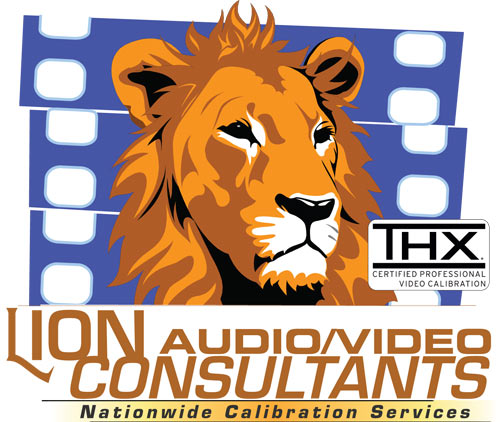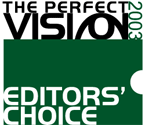
Please call our office if you desire professional display calibration services (303-740-7278).
What is Video Display Calibration?
The foundational and primary goal of display calibration is image fidelity (faithfulness to the original program). Video is a mass communication medium. The objective of any communication medium is to convey an original message as accurately and completely as possible. Any alteration of the message becomes a distortion of the original intent. Example: the parlor game where a circle of people pass a whispered message, delivered to the first person in the circle, then whispered to the next, on around the circle, and finally the last person announces what he thinks the message was. Invariably, each person alters the message slightly until the final recipient announces a garbled version that typically bears little resemblance to the original.
The video industry is governed and guided by standards, engineering guidelines, and recommended practices, defined by organizations such as: the Society of Motion Picture and Television Engineers (SMPTE), the International Organization for Standardization (ISO), the International Telecommunications Union (ITU), the Advanced Television Systems Committee (ATSC), etc. These standards and practices are intended to encourage and preserve: signal, equipment, and program accuracy, integrity, unity, consistency, and repeatability, all along the chain from program production, through post-production, to exhibition/broadcast/tape/DVD/etc., and finally to the audience (consumer). If at any step along this path, industry standards are deviated from, the program can become diSt0rtEddd.
Video displays used by program professionals are designed, manufactured and calibrated to tightly adhere to industry standards. They include in their design certain features that allow technicians to adjust them periodically (sometimes each day), using reference test signals, to insure picture accuracy. Such professional video monitors cost up to tens of thousands of dollars for relatively small sized screens. They must perform reliably for years, sometimes operating around the clock.
Consumer displays typically are designed, manufactured and adjusted at the factory to appeal to focus groups and the uninformed masses. Few consumers have ever seen a reference picture displayed on a calibrated broadcast or post-production monitor. Therefore, consumers are left to guess what their TV picture is supposed to look like.
Consumer TVs and projectors cost far less than professional displays. Manufacturers often cut corners to reduce costs in order to compete with one another in the marketplace. They also adjust their products at the factory to attract attention to their TVs on a show floor alongside samples of their competitors' wares. This could be compared to straining one's voice in a shouting match. Such over-accentuated pictures may dazzle the casual shopper but are not representative of correct pictures for regular viewing in the home. Video industry standards and practices are regularly deviated from and ignored by manufacturers. Fortunately, most consumer displays include adjustment features that allow someone who knows what they're doing to make the picture behave closer to proper standards.
Display calibration is simply making adjustments to the video device in order to achieve a more accurate picture. The artists who produce video programs want their intended audience to see what they saw on their calibrated professional monitors. Uncalibrated consumer displays cannot convey faithfully what the program originator intended. A distorted picture is the result. Artistic integrity is lost. Distortion reduces the value of any program and prevents the owner of the equipment from fully enjoying the capabilities of the display device they have purchased. The picture may be "watchable" and even enjoyable to an individual viewer- up to a point. Most consumers are never aware just how much better their programs can look if they were able to experience the picture the originator of the program envisioned.
Some consumers may actually prefer a distorted picture. For more discriminating viewers, there are resources available that help bring correct imaging into their home. Professional results can be obtained from consumer display devices with the right understanding, skills and tools. Reference test signals and simple tutorial programs have become available on DVD for many years to help the consumer make some picture adjustments. These programs are limited, however. The most complete resource for optimizing consumer displays is available in the form of professional calibration services. Such services can be performed by consumers, but only after much study, investment in technical instruments, suitable aptitude, and perseverance. Hiring a trained professional is much less daunting to the average display owner.
In any case, the display owner must keep in mind that the goal of calibration is not to achieve any individual's preconceived notion of what a "good" image should look like. The originator of a given video program is the one responsible for determining how the image is supposed to appear. The goal of calibration is to make the display behave as much like a professional monitor as possible. Ideally, the display should serve as a neutral and accurate communicator of the video signals delivered for the viewer. Only then can artistic integrity, display accuracy, and image fidelity be completely enjoyed. In the end, it's really all about correctly communicating the art.






